From 1565 to 1818 Mourne Park formed part of lands that were passed down through a total of eleven Viscounts
Robert Needham, 1st Viscount Kilmorey (c. 1565 – 1631) was an English politician and a peer in the peerage of Ireland.
https://en.wikipedia.org/wiki/Robert_Needham,_1st_Viscount_Kilmorey
In about 1623 The 2nd Viscount Kilmorey married Eleanor, daughter of Thomas Dutton of Dutton. Robert and Eleanor had twelve children including a son Charles, and Eleanor (died 1663[2]), second wife of John Byron, 1st Baron Byron, one of the great beauties of the English Court and according to the diarist Samuel Pepys the 17th mistress of Charles II.[2]
https://en.wikipedia.org/wiki/Robert_Needham,_2nd_Viscount_Kilmorey
There were 11 Viscounts before the 1st Earl of Kilmorey.

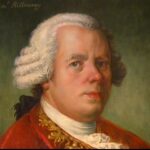
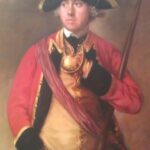
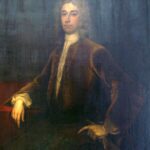
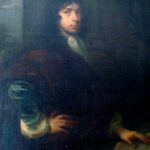
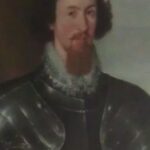
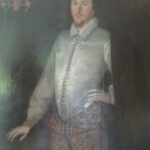
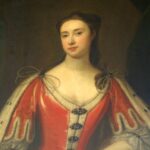
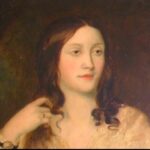
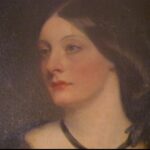
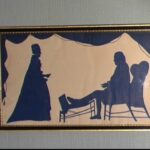
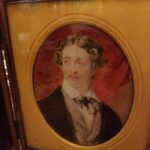
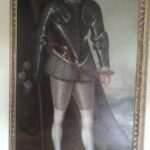
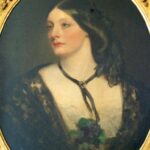
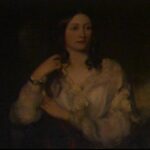
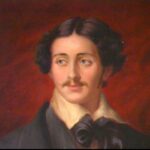
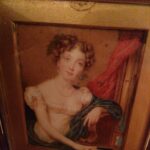
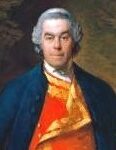
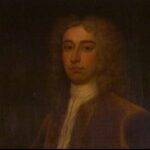

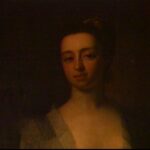
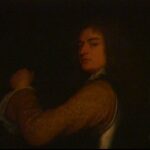
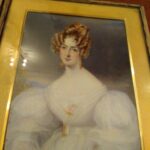
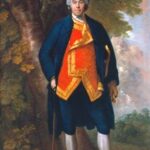
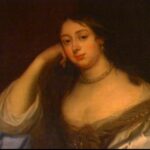
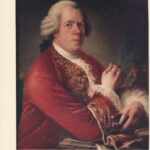
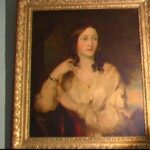
In 1550 Nicholas Bagenal was admitted to the Council in Dublin, and subsequently spent several years travelling to and from England. In Ireland he continued the fight against Shane O’Neill, Con Baccagh’s son, now a most successful and ambitious chief . Sir Nicholas was knighted, and in November, 1550, was given a 21 year lease of all the lands previously belonging to the Cistercian Abbey in “the Newerye”. (A mitred Abbat formerly possessed the Lordships of Newry and Mourne, and exercised therein Episcopal Jurisdiction )
Nicholas Bagenal fathered at least eleven children, of whom two sons, Henry,and Dudley, lived to adulthood, and six daughters, including the second youngest, the beautiful Ursula (or Mabel, as she was also known). He lived for the most part at his castle in Newry, but died at Greencastle in February, 1590. He was over 80 years old, “so infirm that he could neither walk nor ride.” He had resigned his position as Marshall, to which Queen Elizabeth I appointed his son, Sir Henry, together with confirmation of his grant of lands and Lordships. In 1593 Sir Henry Bagenal was killed at the battle of the Yellow Ford, against the same Hugh O’Neill, Earl of Tyrone, who had infuriated him by eloping with his sister, Mabel. He had three sons and four daughters, two of whom were called Ann and Eleanor. They were all still children when their father died. The eldest boy, Arthur, was given a grant or patent by King James I in 1611 of“all the land houses messuages, baillieboes and backsides” formerly belonging to the Abbey in Newry, together with its rights and privileges. These included the Lordships of Newry and Mourne.
Arthur had an only son , Nicholas, born about 1629. Tragically, Nicholas’ two daughters died as infants, and his son was accidentally killed by being overlaid by his nurse. So Nicholas Bagenal had no male heir; in his will of 1708 he left all his land and possessions divided between the great-grandsons of his two aunts, Ann (Bayly) and Eleanor (Nedham). In 1601 Eleanor, a widow, had married Thomas Nedham, son of Sir Robert Nedham (the second knight) of Shavington, and brother of Sir Robert Nedham, later Viscount Kilmorey.They had five sons and a daughter. Their eldest son, Robert Nedham was knighted in 1630. He married twice, having two sons and a daughter by his first wife, and five very beautiful daughters by his second. (Two of these daughters were very famous during the rather lax restoration court of Charles II; Eleanor was a mistress of Monmouth’s and bore him two sons and two daughters.)
His second son, George, fled to Jamaica after the defeat of the Royalists at Worcester. He received large grants from the Crown as a reward, at St Catherine’s. George’s
first wife had six sons and a daughter. The eldest, Robert Nedham, together with Edward Baylie, received the Lordship and lands of Newry and Mourne on the death of their cousin Nicholas Bagenal in 1712. Donating his lands in Jamaica to his sister’s son (most of his brothers were childless), Robert came to Newry. In 1715 he and Baylie agreed to the division of the estate on the cast of a dice, supervised by lawyers. The Baylies took the southern shore of the Lough, Carlingford and its hinterland; the Nedhams took the western part of the Lordship of Newry, and the half Barony of Mourne.
A memento of Robert Nedham’s connection with Jamaica is the name “Sugar Island” in the town, where he apparently had a factory. In 1744 a book described his residence thus: “Mr Needham’s castle was the house of the Abbat, and is very old”
In 1727 Robert Nedham was elected to represent the borough of Newry in the new Parliament called for the accession of George II, until his death in Naples in 1753. He was succeeded by his son, Robert, who is the first Nedham to be described as “of Mourne Park”. (He also had four considerable properties in England). In 1733 he had married Catherine Pitt, sister of William Pitt, the well known Earl of Chatham. They had three sons and a daughter. The eldest and the youngest son, George, and William (the middle son, Robert, died young) each succeeded in turn to the estate, Mourne Park, the Hereditary Abbacy, and in fact the position of M.P. for Newry. ( One of the Nedhams continuously represented
Newry from 1727 until 1776.) Both George and William were unmarried.
In 1806 the last of Robert Nedham’s sons, William, died. For some reason he did not bequeath his estates to his nephew, his sister’s son, but instead chose to leave them to Robert Needham, 11th Viscount Kilmorey, his distant cousin. The new owner lived at Shavington, in Shropshire, the family seat since 1461. He was sixty years old, married, but childless. When he and his wife both died in November, 1818, both estates and title passed to his younger brother, General Francis Needham.
(text extract taken from A Short History of Mourne Park, Julie Ann Anley, October 1999)